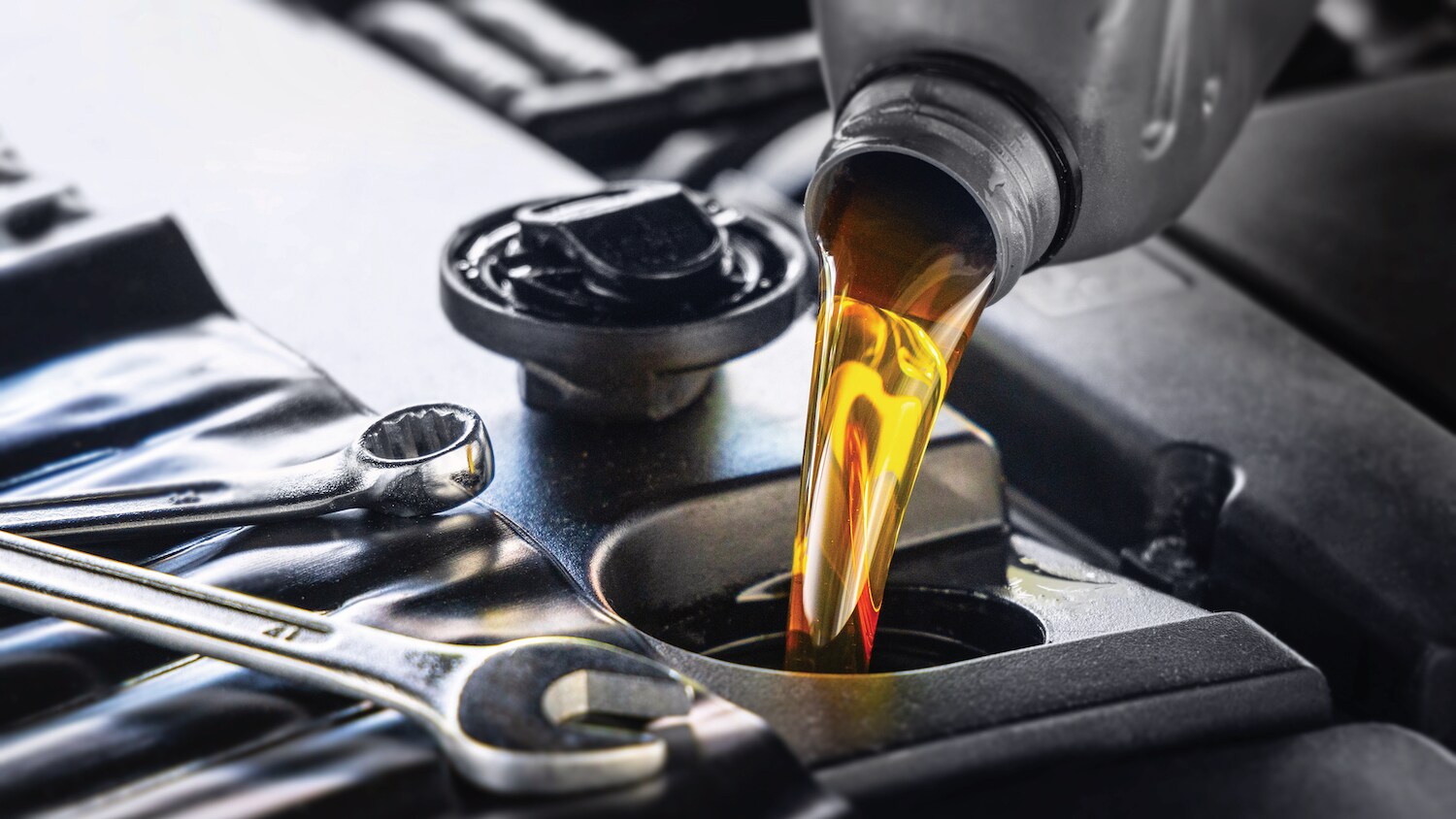Making sure to use the correct engine oil for your car is easy. Check out these tips.
When it comes to auto maintenance, checking your engine oil and choosing the right motor oil are both easy things to figure out. The first step is to simply pull out your handy owner's manual and check to see which oil weight (viscosity) is suggested for your vehicle by the manufacturer.
The automaker spends enormous amounts of time and money to design and create the motor for your car and they know best when it comes to which motor oil will do the best job for your specific make and model of car. Go by their sage advice on which oil is best for your engine. The right oil gives you optimal performance and keeps your motor running longer and stronger.
In your owner's manual you'll find the correct specifications, certifications, and viscosity of oil to use. But what do these terms mean? Let's find out.





